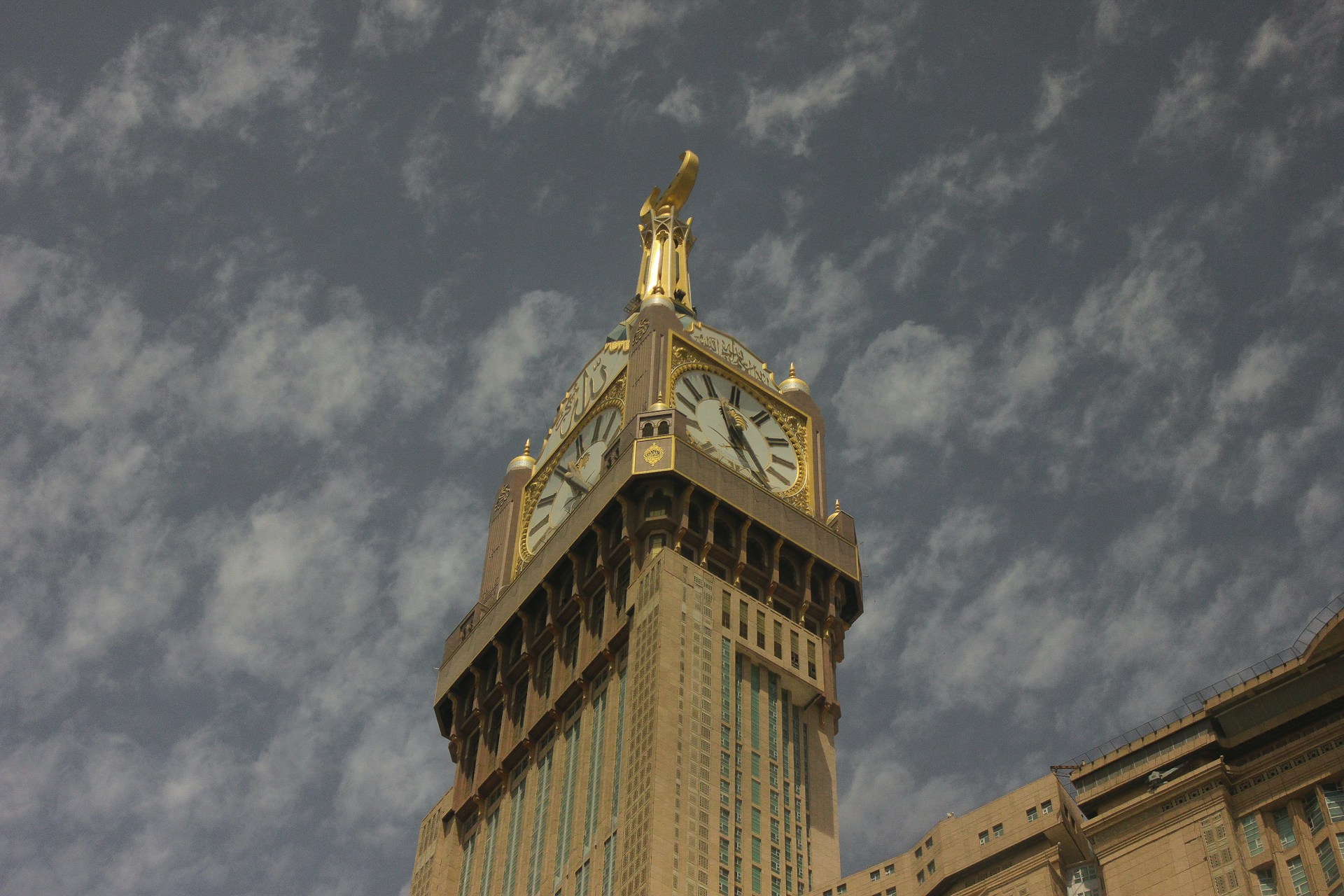Half of Saudi Arabia’s economy is now composed of revenue from non-oil assets and enterprises. That is a testament to the government’s diversification drive; an effort that it is expected to pour $3.2 trillion into by 2030. Oil income is likely to bolster Saudi coffers for many years to come, but the crown is now looking far beyond the money it makes in the energy sector. This will require a ramping up of fundraising at the state level, as well as in the private sector, which are both expected to materially increase debt levels throughout the rest of the year. Hundreds of billions of Dollars will be needed to finance construction spending over the next half decade.
A jump in sovereign bond issuance would not be a major concern for the Kingdom, as it maintains a debt to GDP ratio well below its most of its emerging market peers and the OECD average. A near doubling in the value of Saudi Arabia’s mineral resources makes its debt look even more manageable, as a burgeoning mining boom is on the horizon. Bond offerings by the Saudi Public Investment Fund (PIF) will likely be supplemented by IPOs of its privately-held enterprises, as well as dividends earned from its 16% stake in Saudi Aramco and a $35 billion US equity portfolio.
Related ETF: iShares MSCI Saudi Arabia ETF (KSA)
For the first time on record, non-oil revenues represented half of Saudi Arabia’s GDP in 2023. Per the Kingdom’s Ministry of Economy and Planning, the country’s non-oil economy was valued at 1.7 trillion SAR (approximately $453 billion) at constant prices. The Kingdom’s private-sector investments expanded by a brisk 57% last year, reaching a record high of 959 billion SAR ($254 billion). The categories for arts & entertainment and real service exports grew by 106% and 319%, respectively.
MRP has recently highlighted a boom in the Saudi tourism and travel industries, as well as the booming value of its mineral resources, which are lighting the path forward for an oil economy that must begin diversifying to prepare for a future beyond peak oil. Though CEO of the state-run Saudi Aramco petroleum and natural gas company, Amin Hassan Nasser, asserted this week that the current phaseout of fossil fuels is “visibly failing on most fronts” and does not envision oil demand peaking by 2030, Saudi Arabia itself has committed to transitioning away from the polluting fuels and reaching net-zero carbon emissions by 2060.
Still, income from the oil trade is sure to bolster the Kingdom’s coffers for some time – particularly this year, as benchmark Brent crude oil futures have risen by 10.6% in the year-to-date period to more than $85.00 per barrel. That is well-above the $79.69 average price point that Saudi Arabia needs to maintain to balance its budget, per IMF figures. The Saudi finance ministry has forecast a…
To read the complete Intelligence Briefing, current All-Access clients, SIGN IN All-Access clients receive the full-spectrum of MRP’s research, including daily investment insights and unlimited use of our online research archive. For a free trial of MRP’s All-Access membership, or to save 50% on your first year by signing up now, CLICK HERE










